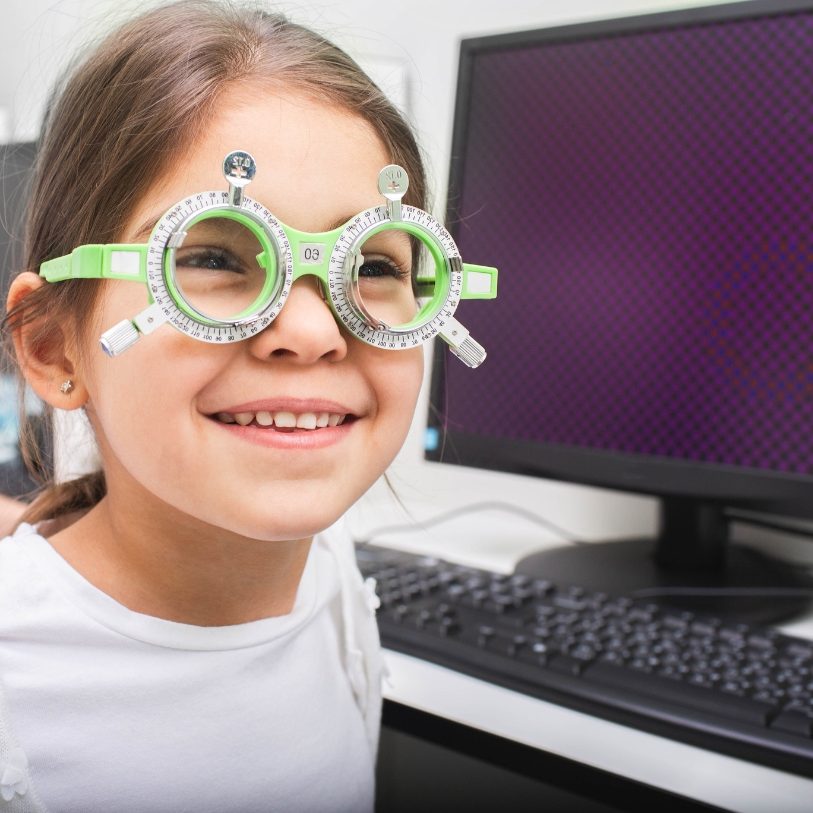Myopia, commonly known as nearsightedness, is a refractive error where close objects are seen clearly, but distant objects appear blurry. It’s becoming increasingly prevalent, especially among children and young adults, as modern lifestyles often involve prolonged near work, such as reading, screen time, and close-up tasks.
Some common vision issues that indicate myopia.
Blurry Vision when looking at distant objects
Frequent Squinting to see clearly at a distance
Eye Strain or fatigue after reading or close-up work
Difficulty Seeing the board in class or while driving

Myopia occurs when the eyeball grows too long or the cornea (the clear front part of the eye) is too curved, causing light entering the eye to focus in front of the retina instead of directly on it. As a result, objects in the distance appear blurry. Myopia typically develops in childhood and may worsen during the teenage years as the eyes continue to grow.
Several factors may increase the likelihood of developing myopia:
Although there is no cure for myopia, several management strategies are available to slow its progression and improve quality of life.
While medical and optical treatments can help manage myopia, there are also lifestyle changes that can support eye health and potentially reduce myopia progression:

Signs of vision problems in children may include frequent squinting, rubbing of the eyes, difficulty focusing, sitting too close to the TV, or having trouble with reading and schoolwork. If you notice any of these symptoms, it’s important to schedule an eye exam.